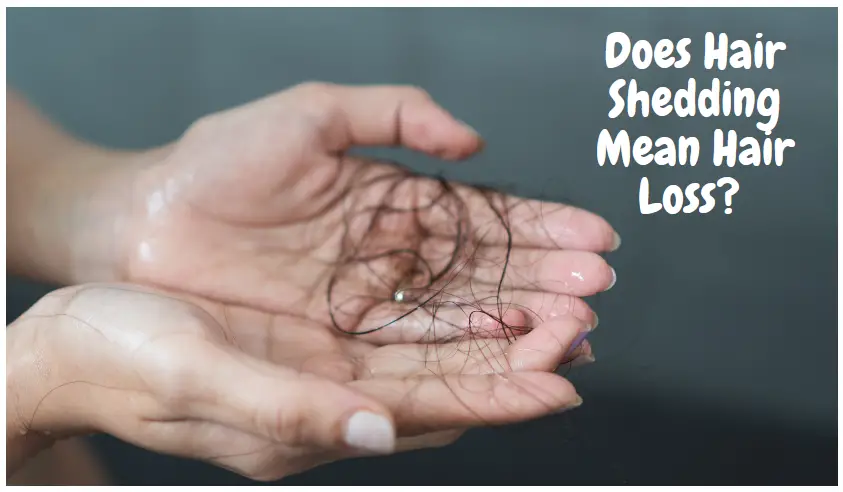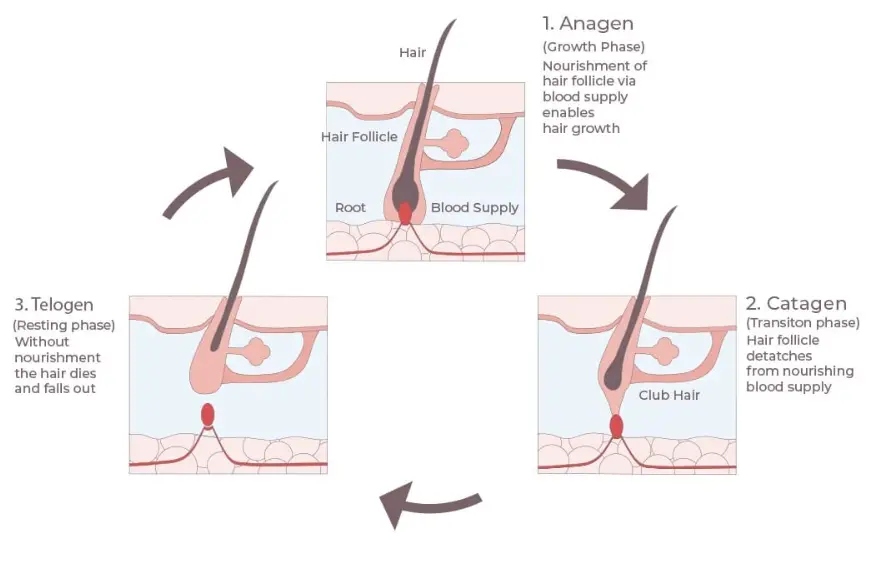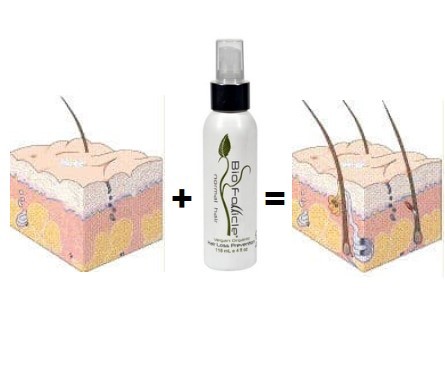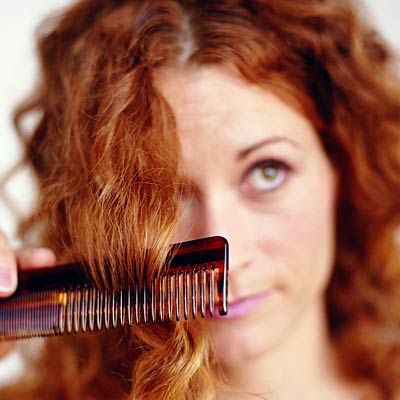One of the most common misconceptions when it comes to hair is that shedding equates to hair loss. Does hair shedding mean hair loss? This misunderstanding often leads to unnecessary worry and stress. In fact, our body naturally sheds hair daily as it goes through its normal growth cycle. However, it’s important to understand that there’s a significant difference between typical hair shedding and actual hair loss, which could be indicative of certain underlying health issues. This detailed discussion will help demystify the meaning behind hair shedding and loss, taking you through its defining factors, the cycle of hair growth, and crucial preventive measures and treatments.
Does Hair Shedding Mean Hair Loss?
Hair shedding is a normal part of the hair growth cycle. On average, a person loses between 50 to 100 hairs per day. This doesn’t necessarily mean you’re going bald, rather your hair is simply renewing itself. The process of hair shedding involves the shift of hairs from the growing phase to the resting phase, after which they shed. Factors such as stress, hormonal changes, inadequate nutrition, and illness can increase the amount of hair that normally sheds.
Identifying Hair Shedding vs Hair Loss
Hair shedding and hair loss are two different conditions, although they are often used interchangeably in conversation. Here’s a table highlighting the differences between Hair Shedding and Hair Loss:
| Aspect | Hair Shedding | Hair Loss |
|---|---|---|
| Definition | Normal part of hair cycle, shedding 50-100 hairs/day | Hair growth stopped due to various factors |
| Excessive Condition | Telogen effluvium (more hair shed daily) | Anagen effluvium (hair growth halted) |
| Natural Cessation | Often stops on its own | Requires medical attention if underlying cause not treated |
| Causes | Stress, hormonal changes | Hereditary factors, immune reactions, medications, etc. |
| Daily Hair Shedding | Can exceed 100 strands due to stress or other factors | Decreased hair growth or significant loss |
| Concern Level | Usually not a cause for concern | Alarming, may indicate underlying health issues |
| Response to Treatment | May not require specific treatment | May require medical intervention or lifestyle changes |
While it might seem alarming to see your hair is everywhere, find hair strands on your pillow or shower drain, shedding hair is a natural part of the hair life cycle. However, there’s a clear distinction between normal hair shedding and hair loss, also known as alopecia. Hair loss refers to noticeably thinning hair or bald spots appearing on parts of your body where hair usually grows, often a sign of an underlying health issue and usually dwells progressively over time.
Factors like genetics, hormonal imbalances, autoimmune diseases or even serious stress events heavily influence hair loss. The central difference between hair shedding and hair loss is in their permanence and hair reduction patterns. The shedding process is a natural renewal method that ensures the consistency in hair density.
Hair loss, on the other hand, leads to enduring thinning or bald patches that don’t necessarily grow back. Hence, hair shedding doesn’t equate to hair loss. Yet, if your hair continues to shed more than usual or doesn’t return to its typical shedding pattern after several months, it could indicate hair loss and a medical consultation may be recommended.
Reference by: https://www.aad.org/public/diseases/hair-loss/insider/shedding.
The cycle of hair growth and shedding
The hair on your scalp grows and sheds as part of a natural cycle that includes several distinct stages.
The first of these is the anagen stage, where active hair growth takes place. Lasting anywhere from two to six years, during this stage, the hair follicles are industriously producing hair.
This growth period is followed by the brief catagen phase, a transitional phase lasting about ten days where the hair follicle shrinks and begins to detach from its nutrient supply.
The transient catagen stage leads into the telogen or resting phase, during which the hair follicle remains inactive for about three months. The hair strand is then shed during the exogen phase, concluding the hair growth cycle. In this phase, shedding up to 100 hairs per day is considered normal. After this shedding has occurred, the anagen stage commences again, with a new hair strand beginning to grow from the same follicle.
Differentiating Between Hair Shedding and Hair Loss
It’s paramount to differentiate between everyday hair shedding and the more serious issue of hair loss. Normally, hair shedding is a standard step in the hair growth sequence. But, if stress, hormonal changes or sickness trigger the hair to shed in large amounts, it can often be mistaken for hair loss. This, though, is typically a temporary issue, and once the source of stress is addressed, the shedding generally stops.
On the flip side, permanent hair loss or baldness is when the hair follicles no longer produce new hair due to genetic factors or follicle damage. Therefore, while hair shedding—especially seen in large amounts or frequently—is worrisome, it doesn’t necessarily mean permanent hair loss.
How to Prevent and Treat Excessive Hair Shedding
It’s crucial to recognize shedding hair as a normal part of hair growth, but there are ways to cope with excessive shedding. Promoting healthy hair growth can be as simple as maintaining a balanced diet, consuming good amounts of protein, and staying hydrated. Regular exercise, stress reduction, and avoiding hairstyles that strain the hair roots can also lower your chances of shedding hair excessively. Over-the-counter treatments with active ingredients like Minoxidil can mitigate hair loss and stimulate hair growth to a certain degree.
When it comes to treating hair loss, the method can differ based on the root cause. Commonly used medications include Minoxidil and Finasteride, while hair transplant surgeries offer a more permanent solution for certain hair loss conditions. Laser therapy is another technique used to stimulate hair growth. Regardless, these treatments should be initiated at the earliest signs of distinct hair loss and always under the supervision of a healthcare provider.
Related: How to Stop Hair Shedding Immediately
When to Seek Professional Advice
It’s natural to lose a certain amount of hair daily. However, if one observes extreme hair shedding, a significant reduction in hair volume, or bald patches developing, it is advisable to consult a healthcare professional or dermatologist. Hairs falling out in clumps, or detectable changes that mess up hairline, are also signs to seek professional help. Additionally, if hair loss is complicating emotional health and self-esteem, a healthcare professional’s advice can be sought.
They can diagnose the cause of hair loss, recommend necessary investigations, and guide on appropriate treatments. Remember, hair loss is a common concern for many, and there are plenty of treatment options available.
Unravelling the myths and misconceptions surrounding hair shedding and hair loss contributes to our better understanding, enabling us to address the situation correctly and efficiently. Preventive measures and treatments play an integral role in maintaining the health and vitality of our hair. Moreover, knowing when to seek professional help is crucial in avoiding exacerbating potential problems. Therefore, while hair shedding is a natural process, excessive hair loss might be a sign of deeper physiological issues. Armed with this newly gained knowledge, you can now discern between natural hair shedding and actual hair loss, approaching the matter lucidly and effectively.
- AI Powered Bald Filter Online 2024: See Yourself with No Hair! - January 19, 2024
- Harklinikken Bad Reviews 2024: Analyzing Negative Feedbacks - January 18, 2024
- How to Get the Alex Eubank Hair | Step-By-Step Tutorial 2024 - January 18, 2024










